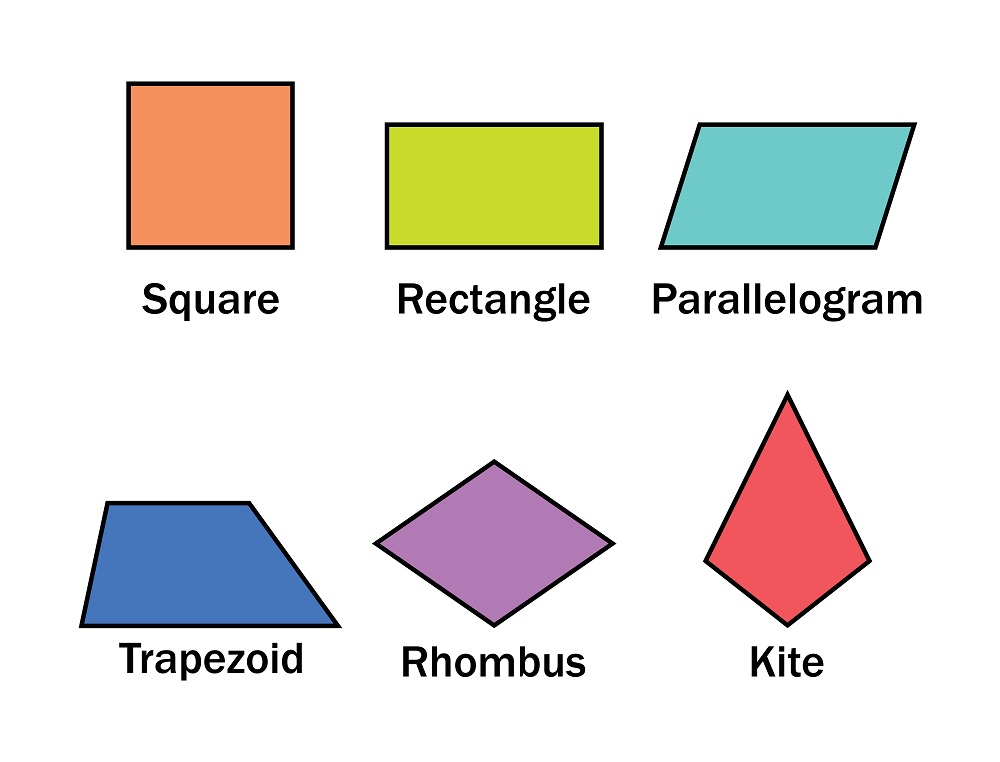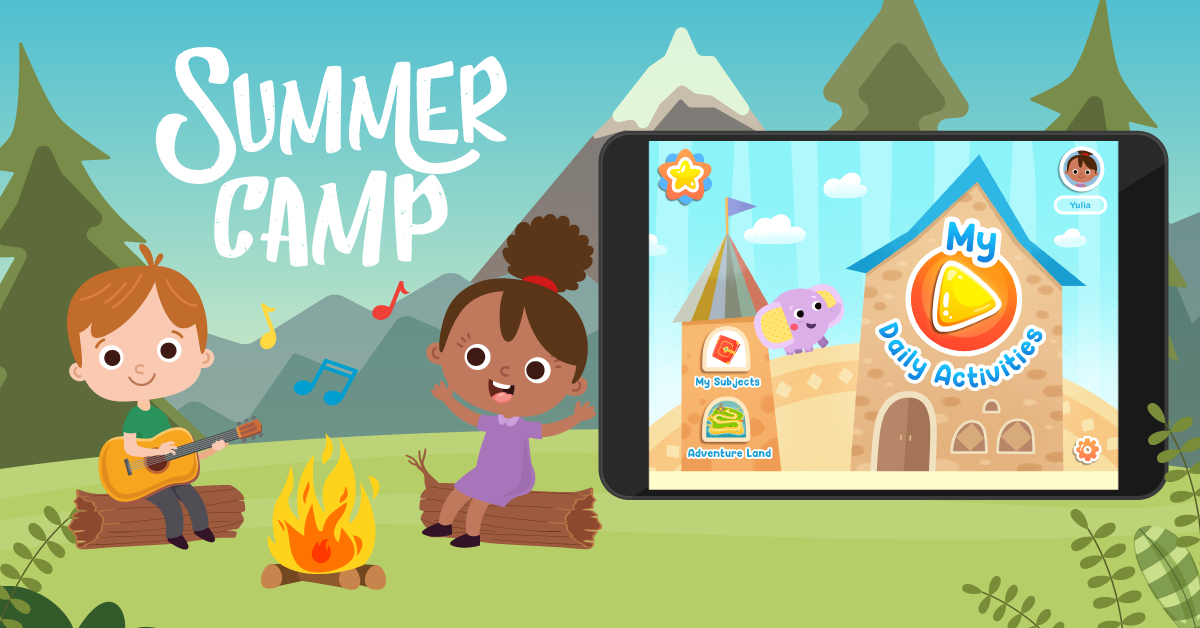Reading comprehension Normal Geometry Worksheets for Ages 3-4
4 filtered results
-
From - To
Discover our engaging Reading Comprehension Normal Geometry Worksheets designed specifically for children aged 3-4! These worksheets combine foundational geometry concepts with reading comprehension skills, making learning both fun and effective. Each worksheet features simple shapes, vibrant visuals, and age-appropriate language that encourage young learners to practice identifying and understanding geometric figures. Perfect for home or classroom use, our resources help children develop critical thinking and enhance their vocabulary while cultivating an early interest in math. Dive into our collection today and watch your little ones build confidence in their reading and geometry skills, setting the stage for future learning success!


Peter Pan Worksheet


Hansel and Gretel Geometry Maze Worksheet


Geometry: part 1 Worksheet


Matching and Sorting for Kindergarten: Assessment 1 Worksheet
Reading comprehension and spatial awareness, such as basic geometry, are critical skills for children aged 3-4. Parents and teachers should prioritize these areas for several reasons.
Firstly, reading comprehension forms the foundation for all future learning. At this age, children start to associate words with meanings, fostering language development and encouraging curiosity. Engaging with books helps them understand narratives, recognize patterns, and enhance critical thinking. Strong reading skills lead to better academic performance in later years.
Secondly, normal geometry—understanding shapes, sizes, and spatial relationships—plays a significant role in cognitive development. These skills support problem-solving, logic, and the ability to navigate their environment. Activities like sorting shapes, building with blocks, and engaging in simple puzzles promote spatial reasoning and lay the groundwork for more advanced math concepts later on.
Moreover, both skills encourage social interactions. Reading stories aloud fosters communication, while geometric play promotes collaboration among peers during activities.
In essence, prioritizing reading comprehension and normal geometry in early childhood enriches the educational experiences of young learners, setting the stage for lifelong learning and success in various disciplines. Investing time in these areas during formative years is essential for holistic child development.
 Assign to My Students
Assign to My Students















